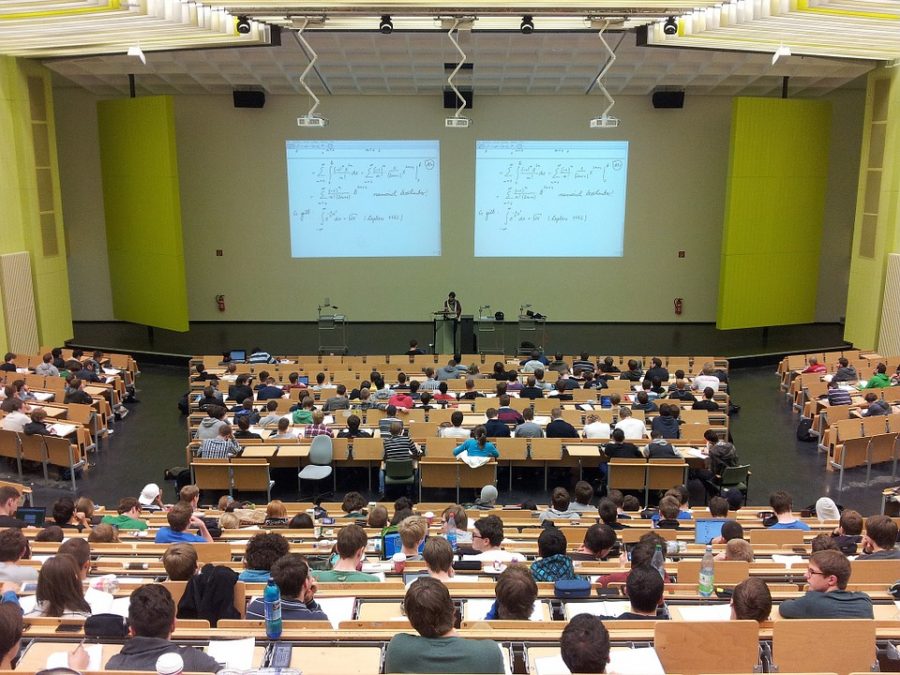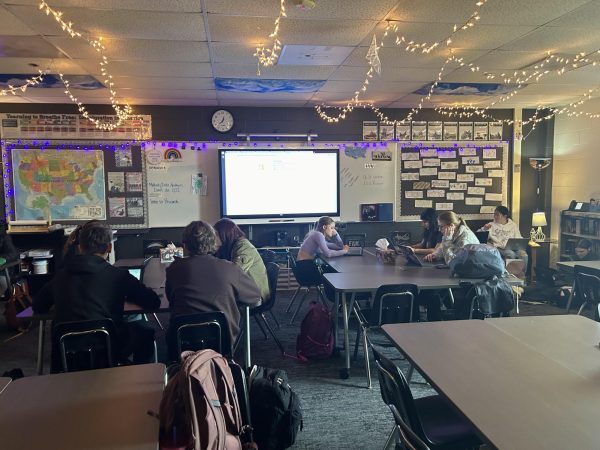Bigger Is Not Always Better
High school classrooms are becoming more like college lecture halls as class sizes increase.
Increasing student achievement and lessening class size has been a topic up for debate for a long time. For many educators, it makes sense that if the class size is smaller, there is more one-on-one time between student and teacher. This one-on-one time could allow the students a better shot at achievement.
Often times there are students who sit in the back of the classroom, and have a limited idea of what the lesson is about.
“In a 30-student class, it becomes much easier for the quiet kids, or the unmotivated kids, to hide in a clique of friends or the back of the class. With fewer students, the teacher is more capable of ensuring everyone participates and engages the material,” said author of 10 Reasons Why Smaller Class Size Is So Important in Education, Adam Hatch.
Many shy students may not have the confidence to ask questions in large groups of students. With a reduced class, one-on-one time could be more obtainable, and problems may be be easier to pinpoint and solve.
“I have an AP French class of twenty students. This is a small class for Adams. In a smaller group it is more of a conversation with the teacher instead of the teacher just lecturing you the whole time. I have a better grade this year than last, and I believe it is due to the increased one-on-one time I have with my teacher,” said senior Wyatt Gilbert.
With less students, teachers may have more time to get to know their students and know better the weaknesses and strengths of their class. The teacher may be more likely to focus on the weaknesses, which could contribute to a more successful teaching environment. Teachers’ eagerness to teach material could increase, allowing the class to move faster through material.

Students that are not engaged are often lost in the material.
“I feel like if we have smaller class sizes you can build a better connection with your students, and go into depth with more material. I experienced first hand when I had a class of twenty-four. We were all more productive. I found that we could get through material faster than my larger classes with thirty-seven students,” said Language Arts teacher Joni Schmidt.
With the idea of smaller classes, hopefully educators and students can see the advantages.















